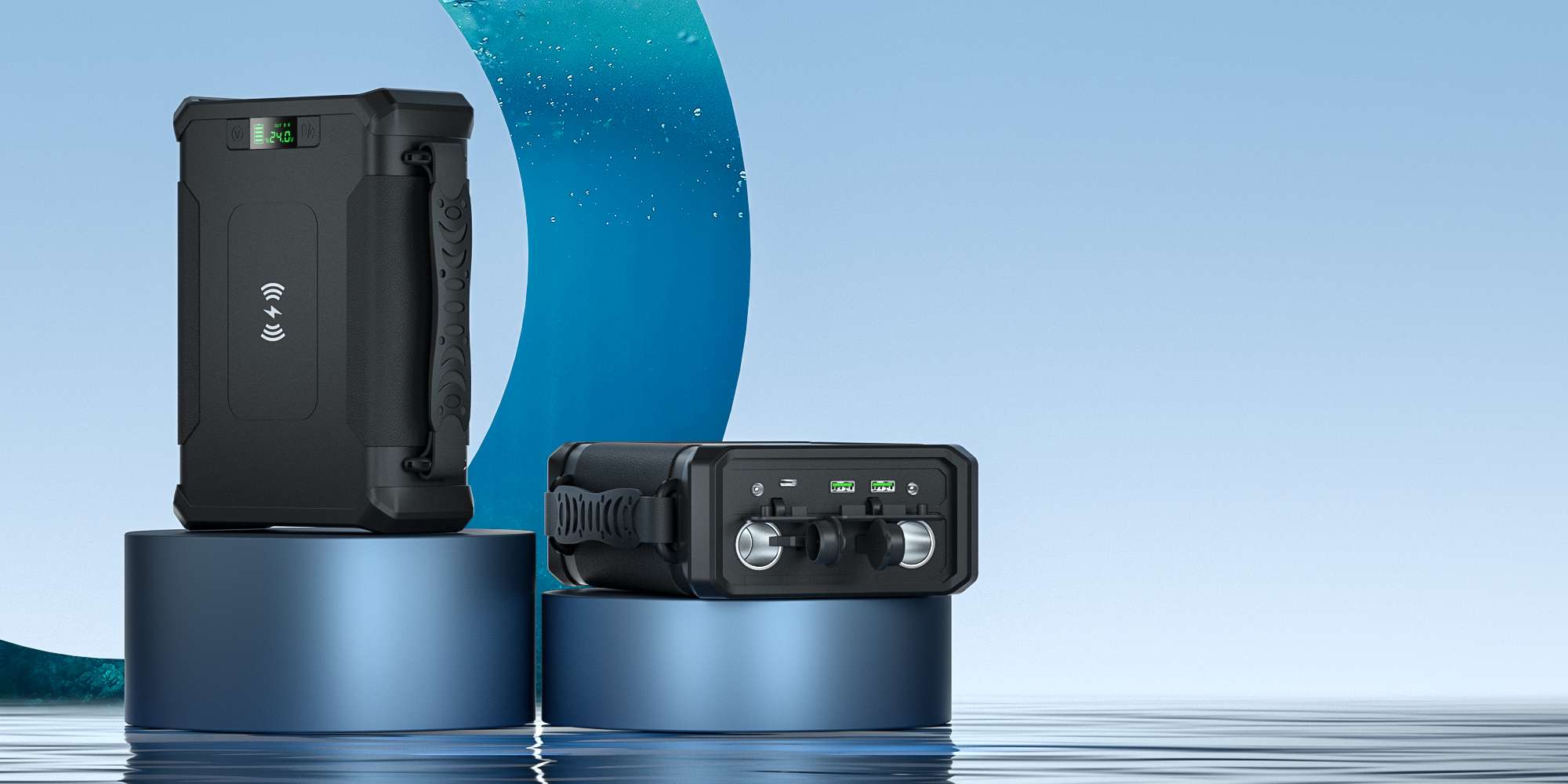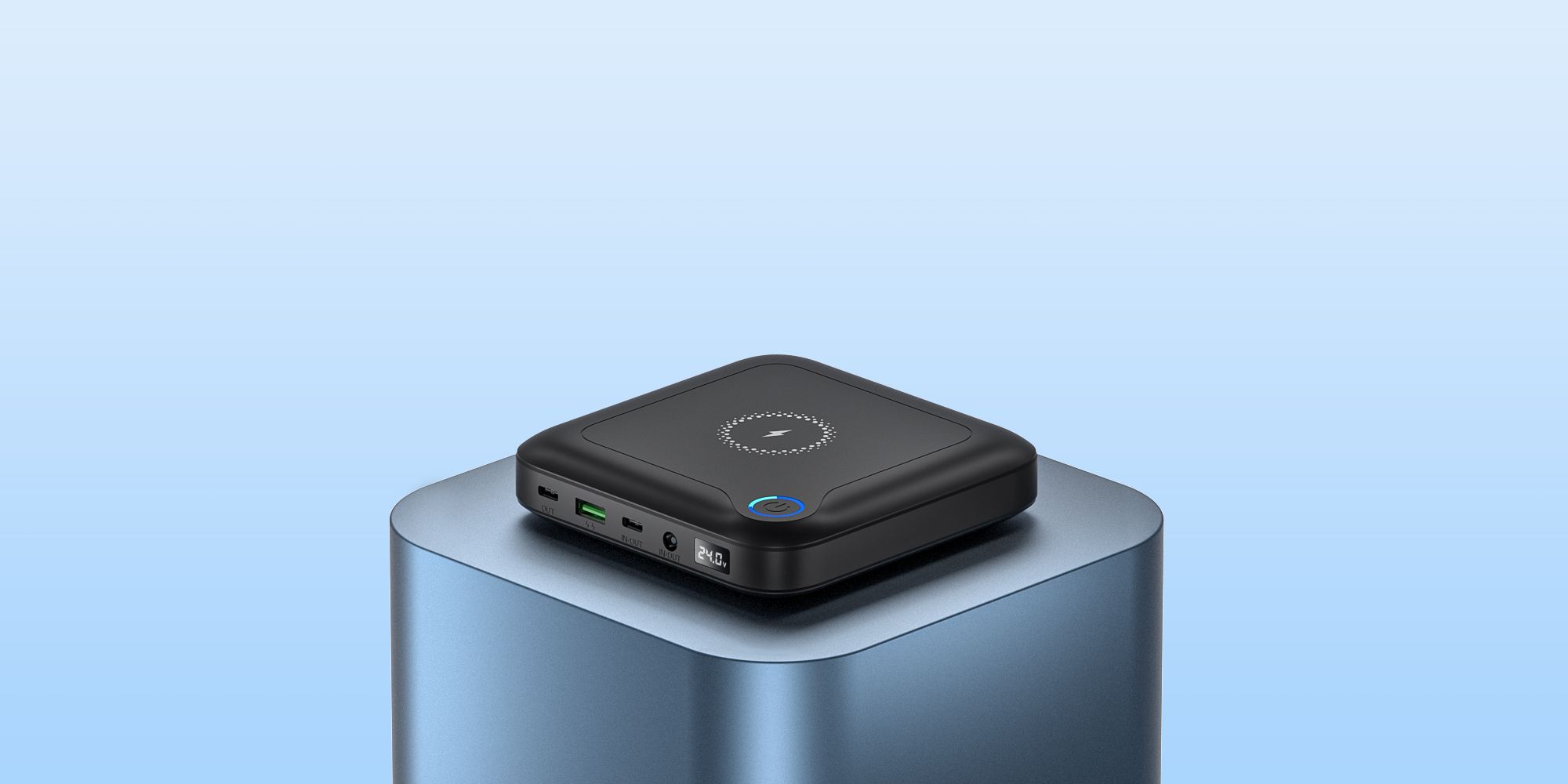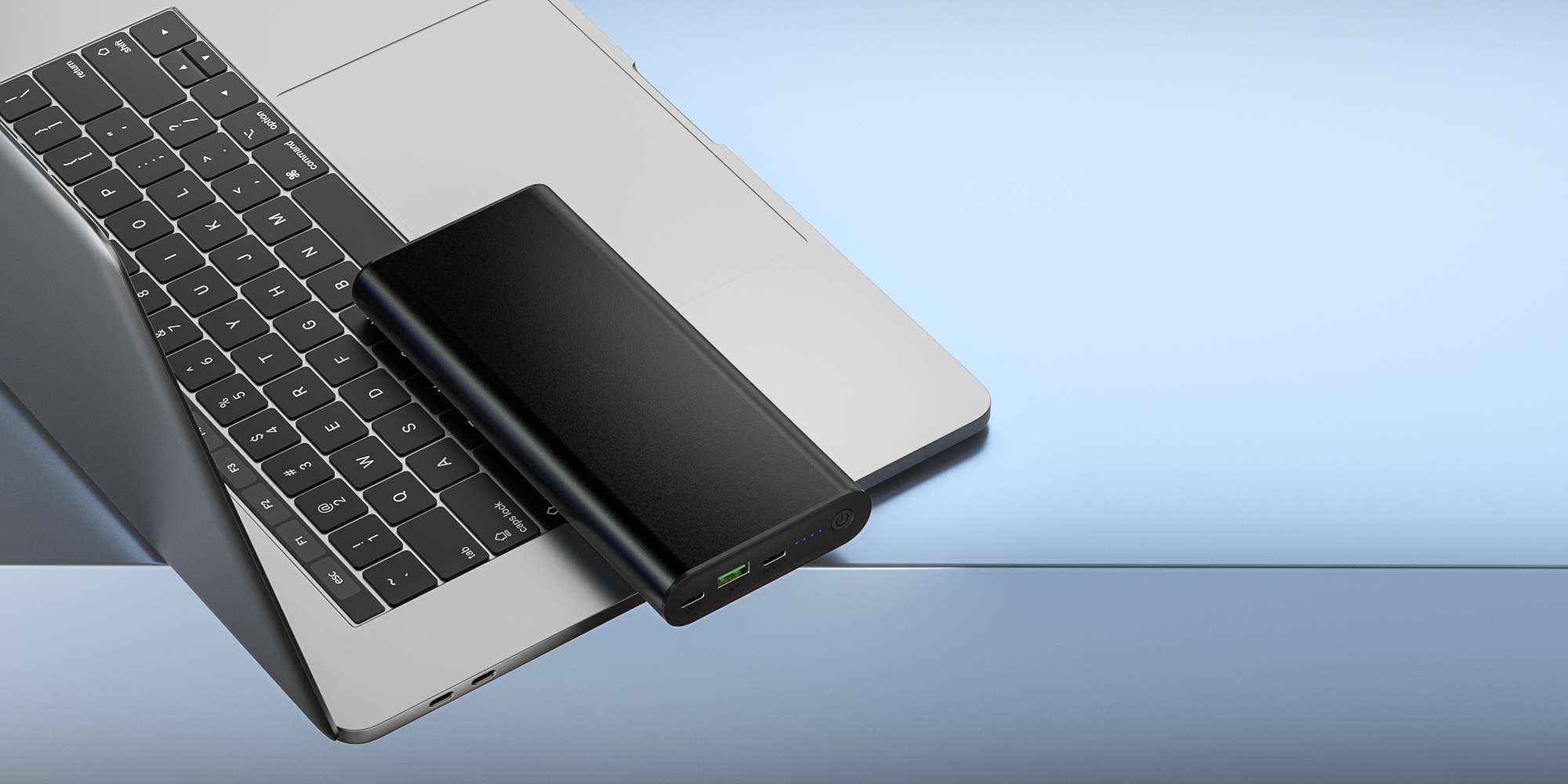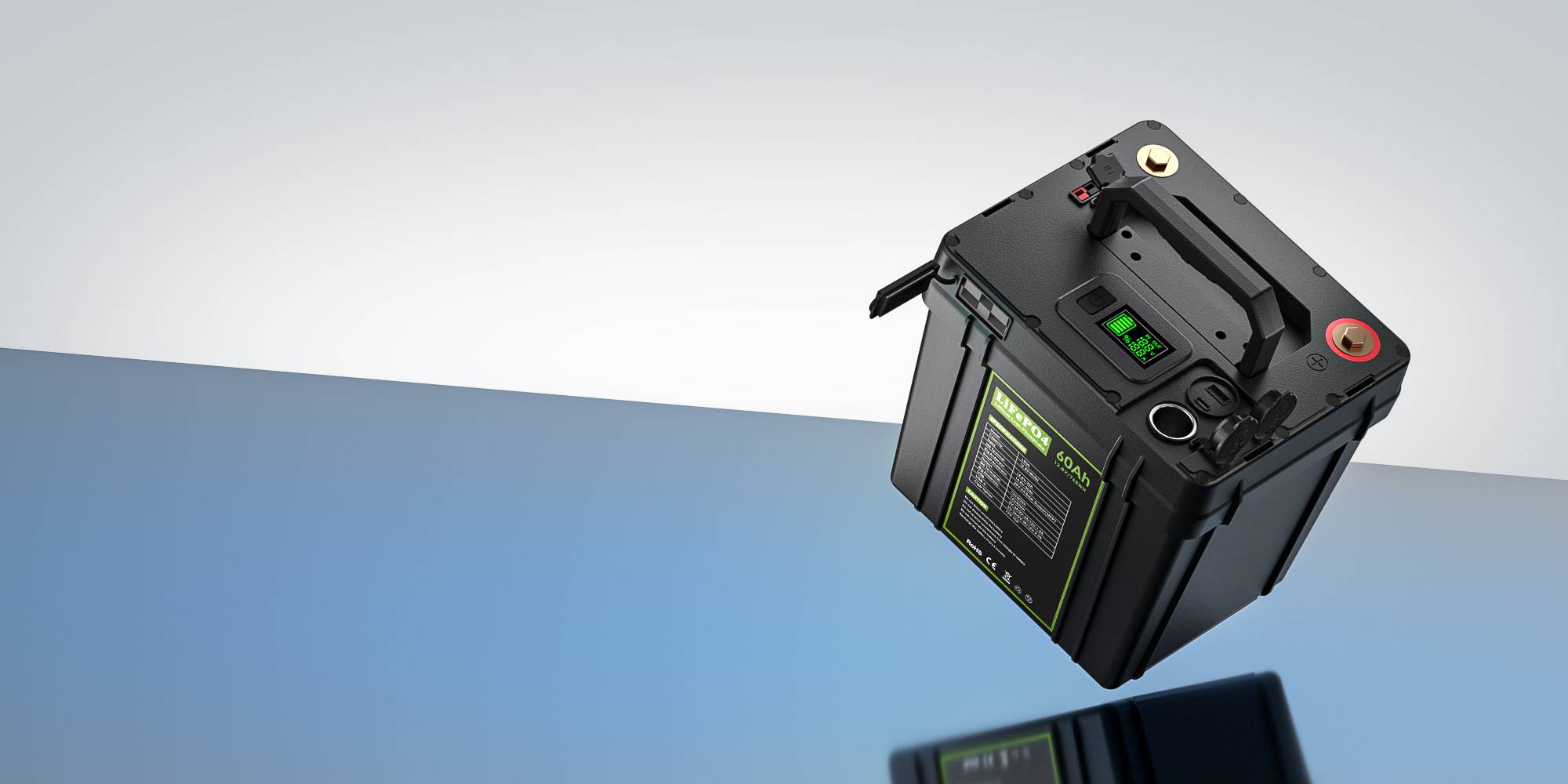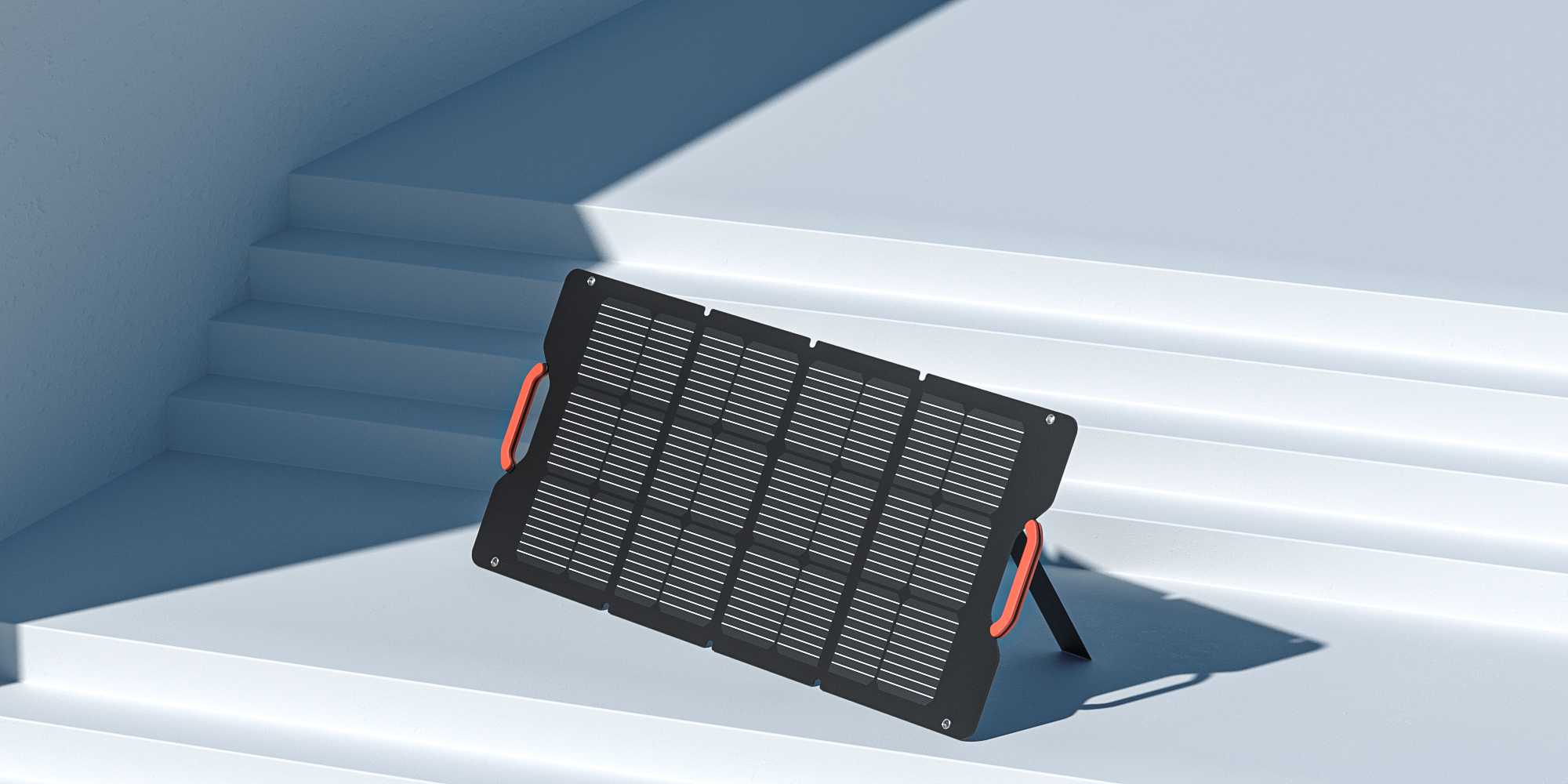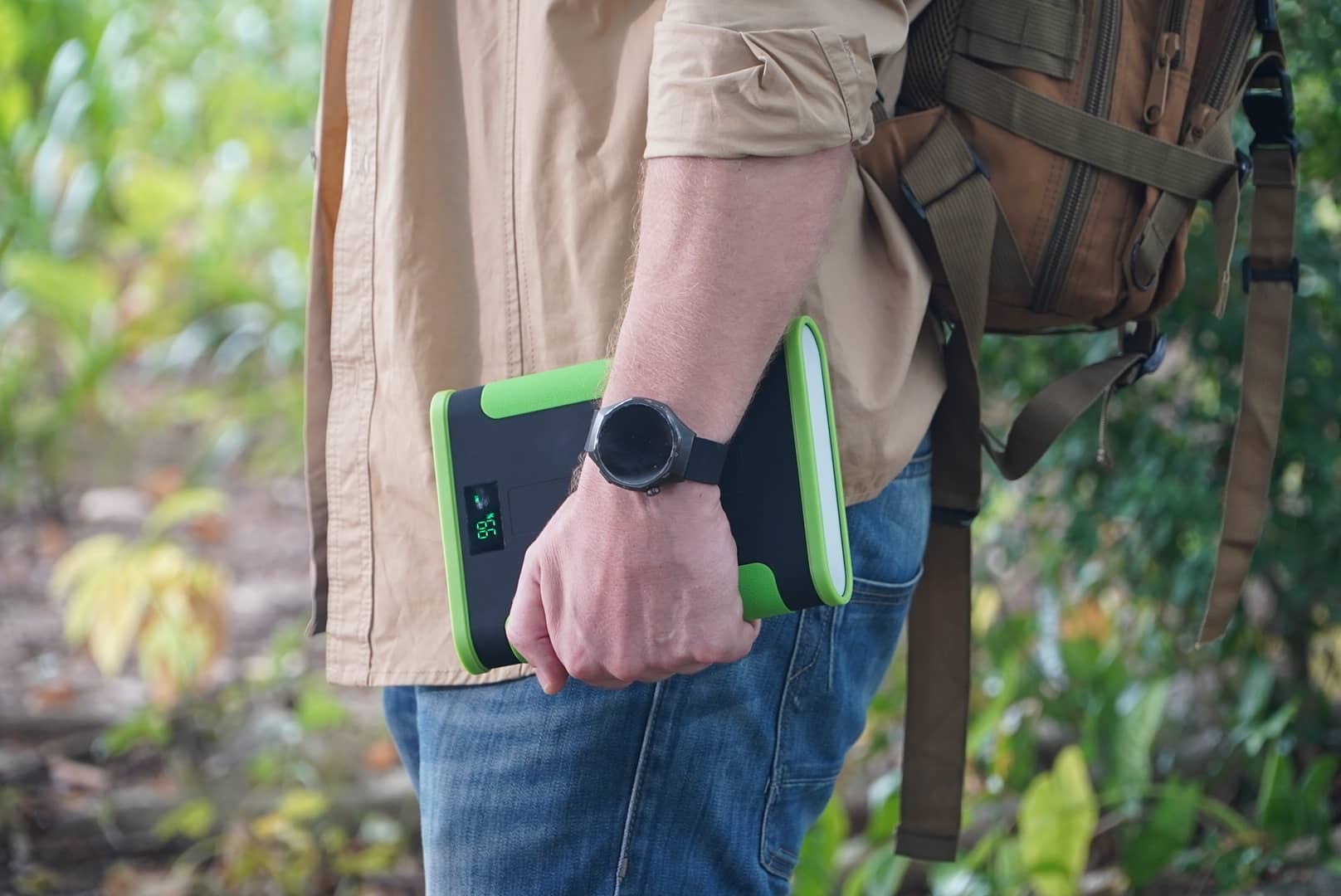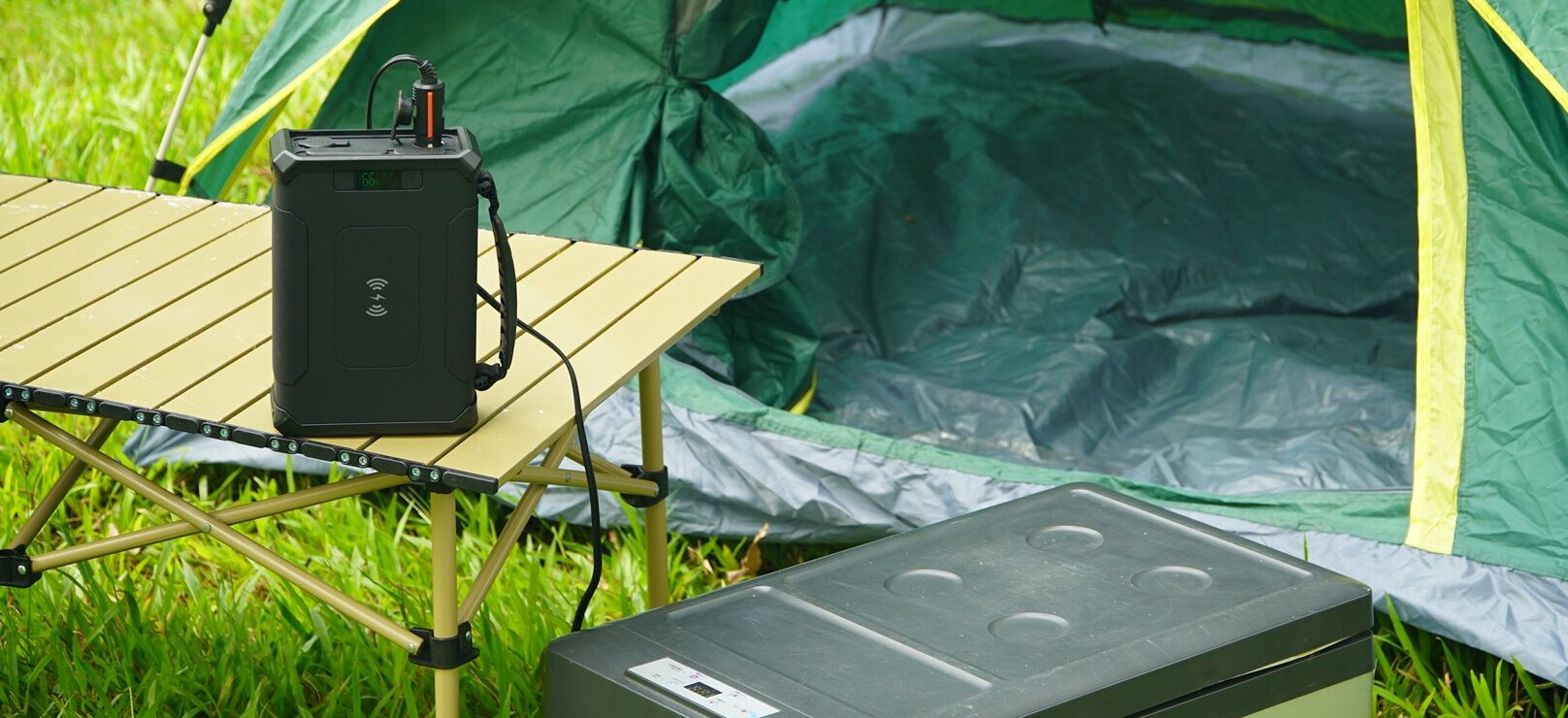When shopping for a portable power bank, one of the most important factors to consider is the type of battery it uses. While most consumers focus on capacity or output ports, few realize that the internal battery cell—usually either Lithium-ion (Li-ion) or Lithium Polymer (Li-Poly)—plays a critical role in performance, durability, and safety. In this guide, we compare these two battery technologies and help you choose the best one for your needs.
What is a Lithium-ion (Li-ion) Battery?
Structure & Composition: Lithium-ion batteries use a liquid electrolyte and are typically housed in rigid metal cylinders or prismatic shells. Common types include:
- 18650: 2000–3500mAh
- 21700: 4000–5000mAh
- 26650: 5000–6000mAh
- 32700: 6000–7000mAh
Pros:
- High energy density
- Mature, cost-effective technology
- Long cycle life (typically 500–800 cycles)
Cons:
- Heavier and bulkier
- Can overheat or catch fire if damaged or poorly managed
What is a Lithium Polymer (Li-Poly) Battery?
Structure & Composition: Li-Poly batteries use a solid or gel-like polymer electrolyte, allowing for flexible and slim form factors. They are typically packaged as soft pouches or flat rectangular blocks.
Pros:
- Lightweight and ultra-thin
- Higher safety margin, less prone to leakage
- Shape flexibility for compact designs
Cons:
- Slightly lower energy density
- More expensive to produce
- Shorter lifespan (typically 300–600 cycles)
Key Differences Between Li-ion and Li-Poly
| Feature | Lithium-ion (Li-ion) | Lithium Polymer (Li-Poly) |
| Energy Density | High | Moderate |
| Weight & Size | Heavier, less compact | Lightweight, thin |
| Safety | Moderate (needs BMS) | High (more stable structure) |
| Cost | Lower | Higher |
| Form Factor | Cylindrical or prismatic | Flexible, customizable |
| Cycle Life | 500–800 cycles | 300–600 cycles |
Which Battery Type is Safer?
Li-Poly batteries are generally considered safer due to their solid-state design, which reduces the risk of leaking or swelling. They are less likely to catch fire when punctured or overheated. However, a well-designed Li-ion battery with a reliable Battery Management System (BMS) can also be very safe.
If you prioritize safety—especially for air travel or use in high-temperature environments—Li-Poly is often the better choice.
Which One Lasts Longer?
In terms of cycle life, Li-ion batteries tend to last longer, making them ideal for users who need maximum durability and consistent output over time. However, with proper care and moderate use, Li-Poly batteries can also offer respectable longevity.
Keep in mind that actual lifespan depends on usage patterns, charging habits, and environmental factors.
Which Should You Choose?
Choose Li-ion if you:
- Want a higher capacity for the price
- Don’t mind a slightly bulkier design
- Prioritize cost-effectiveness and longevity
Choose Li-Poly if you:
- Need a lightweight, slim, or uniquely shaped power bank
- Care deeply about device safety and portability
- Prefer high-end designs and modern aesthetics
Conclusion
Both Li-ion and Li-Poly battery technologies have their strengths and ideal use cases. If you want the safest, thinnest design possible, Li-Poly is hard to beat. But if you’re looking for cost-efficiency and long-term durability, Li-ion may be the better fit.
No matter which you choose, always buy from a reputable manufacturer and look for power banks with built-in protection circuits and international safety certifications.
Want to learn more about what powers your devices? Check out our complete guide to battery cells and power management or browse our top-rated Li-ion and Li-Poly power banks here.

